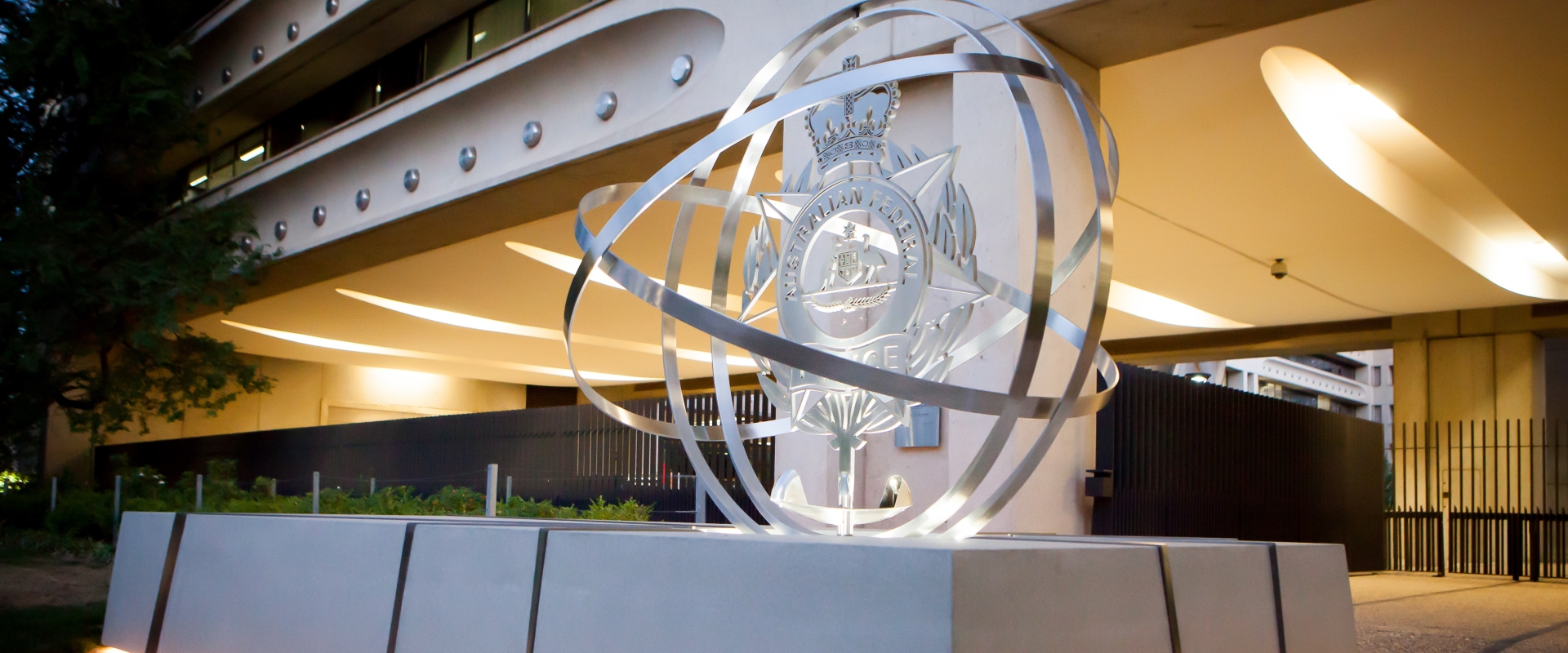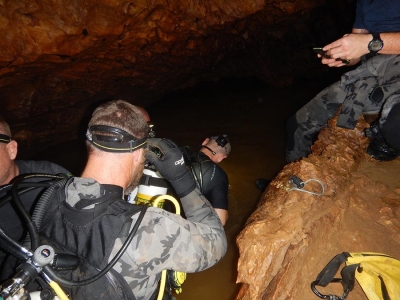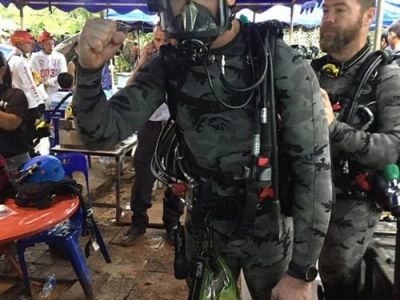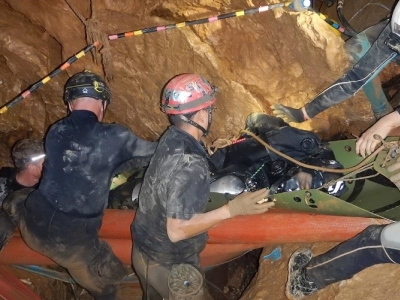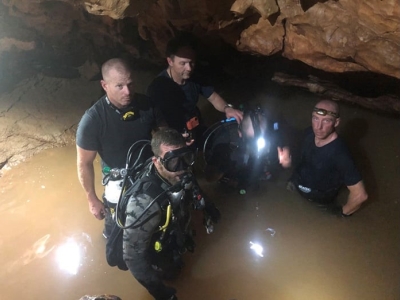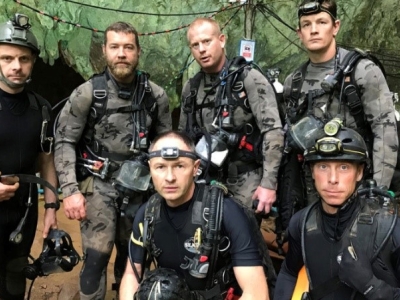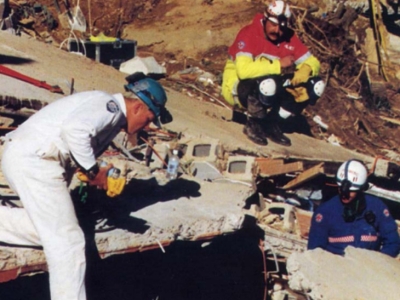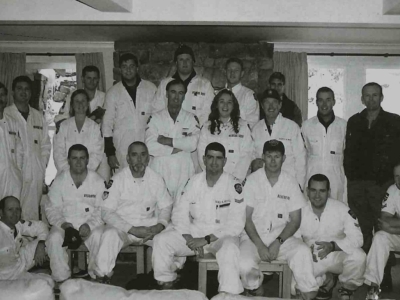The AFP’s search and rescue capability initially fell under the former ACT Police (now ACT Policing) when they established a part-time team to rescue bushwalkers lost in Canberra’s rugged surrounds. During this time, team members expanded their skills to motor vehicle rescue, building collapse and cliff rescue.
Skills passed down through Search and Rescue team members have since been used in operations outside the ACT, including in the aftermath of Darwin’s 1974 Cyclone Tracy, the 1997 Thredbo landslide, the 2002 Bali bombings, the 2004 Indian Ocean Tsunami and the 2018 Thai cave rescue.
The team went full time in October 1980.
Search and rescue capabilities
Based in the ACT, the Search and Rescue Team has wide and varied skills to face many scenarios.
Frequently operating in adverse conditions and in difficult-to-reach areas, they also form part of an AFP commitment to our nation’s 52 million square km Australian search and rescue region.
Their duties include:
- coordinating searches for persons who are lost, missing, or at risk of self-harm
- coordinating evidence searches
- conducting remote area access and rescue
- investigating emergency distress beacon activations
- providing enhanced medical care to injured persons, including long-term remote casualty care
- vertical rescue and rope access, including cave and mine rescue
- protester removal from adhesives, locks, chains and improvised securing devices
- using breathing apparatus in confined space roles
- remote 4WD access and recovery
- swift water rescue
- body recoveries.
Mission impossible - the Thai cave rescue
In June 2018, 6 AFP divers were on standby to assist with the complex rescue of 12 players and the coach of the Wild Boars soccer team, who were trapped inside Thailand’s flooded Tham Luang Nang Non cave system.
AFP Leading Senior Constable Kel Boers said it was a rapidly evolving situation.
“Although we were aware of the risks, we were all really keen to get over there and do what we could for those kids and their coach.”
When it was confirmed that a multi-nation rescue attempt would proceed, the pressure ramped up.
The rescue was very complicated. It was physically and mentally demanding. Parts of the cave kept filling with heavy rain water and rising carbon dioxide levels posed a constant threat. Electrocution from high-voltage pumps being used to drain out some of the water presented another issue.
Other AFP members soon joined them at the site - a dive coordinator, liaison officers, psychologists, a chaplain and a media officer.
The AFP dive team was deployed to three chambers within the cave system, moving supplies, and later the children and their coach, from one section to the next.
The 6 divers spent almost 2 weeks diving in dark and murky waters. The cave system was so narrow in places that oxygen tanks couldn’t fit through on their backs.
A rope installed by Thai Navy Seals connected the 9 cave chambers that formed part of the rescue and was their only guide underwater.
AFP Senior Constable Matthew Fitzgerald said they were responsible for managing chambers 2 to 4 to secure the evacuation route. “But this required diving in coffee-coloured water. We were better off closing our eyes and feeling our way through because we couldn't see a thing underwater."
The rescue plan saw each boy taken out of the flooded caves in breathing masks after being anaesthetised by a doctor in the rescue team.
"The call came through that the first boy was on his way. We all held our breath until he surfaced within our chamber," he said.
"Once he was handed over to us, we were down at his face mask just listening for that breath.”
Absolute care was taken, with breathing and vital signs checked the whole journey. Once one boy was out of the cave safely, attention immediately shifted to the next one.
"After we all exited the last chamber, everyone started clapping and cheering, and celebrating the success of what we thought would be mission impossible," said AFP Sergeant Robert James.
"Some policing jobs are a combination of both excitement and near-death experiences. But over time you learn not to fear or panic, but to treat it as a puzzle and work your way out."
Dive team members were awarded an Order of Australia Medal and Bravery Medal for their efforts.

